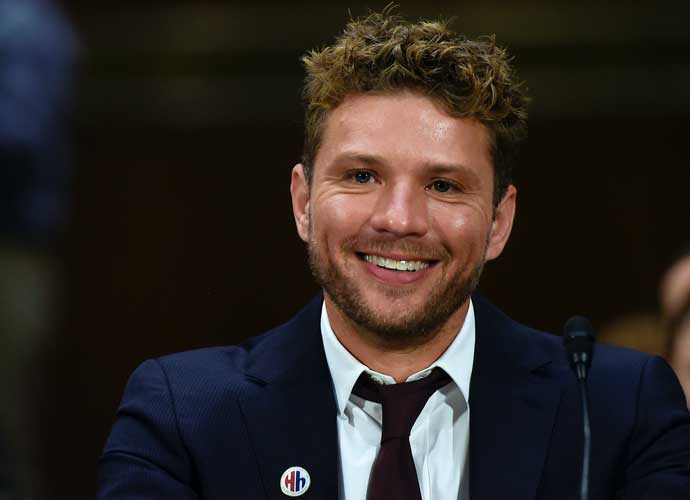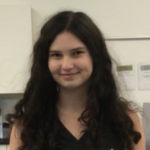VIDEO EXCLUSIVE: Ryan Phillippe Recalls Breakthrough Role Playing First Gay Teenager On TV
Ryan Phillippe, the star of the new film Prey, reflected on his journey as an actor that started when he played the first gay teenager on TV in his exclusive uInterview.
Phillippe explained that his fascination with acting started when he skipped church one day as a teenager after he faked an illness. “Cool Hand Luke was playing and watching a guy who was the epitome of masculinity, and so good looking, so charismatic, and then watching the emotional beats he plays in that movie,” Phillippe told uInterview founder Erik Meers. “I just was fascinated by the emotion, and how he was able to make that so authentic. And that really started my exploration into what acting was.”
Phillippe continued that his path into the business was not easy, but his parents supported his interest and bought him books about the art. “I started reading about what acting actually was,” he recounted. “I grew up in Delaware. I come from a lower middle-class family. We had no connection to Hollywood whatsoever, but that’s when I decided, ‘This is something I might want to do with my life.’ And as far-fetched as that seemed, I was determined to pursue it.”
Phillippe’s first major role was in the 1992 soap opera One Life to Live. Phillippe, 17 at the time, played the character of Billy Douglas, a popular closeted high school junior who becomes class president. At the time, Phillippe represented the first gay teenager on daytime television on One Life to Live was regarded as one of the longest and most complex narratives to feature a gay character.
“The response that I got from playing that part, and the fan letters written to me by gay teenagers or their family members who found this role as a point of connection within their lives, led me to start thinking that, you know, you can actually have an impact,” he recalled.
Phillippe further came to prominence in the late 1990s with starring roles in I Know What You Did Last Summer, 54, Playing by Heart and Cruel Intentions.
Prey is available now on major streaming platforms.
RELATED ARTICLES
Get the most-revealing celebrity conversations with the uInterview podcast!









Leave a comment